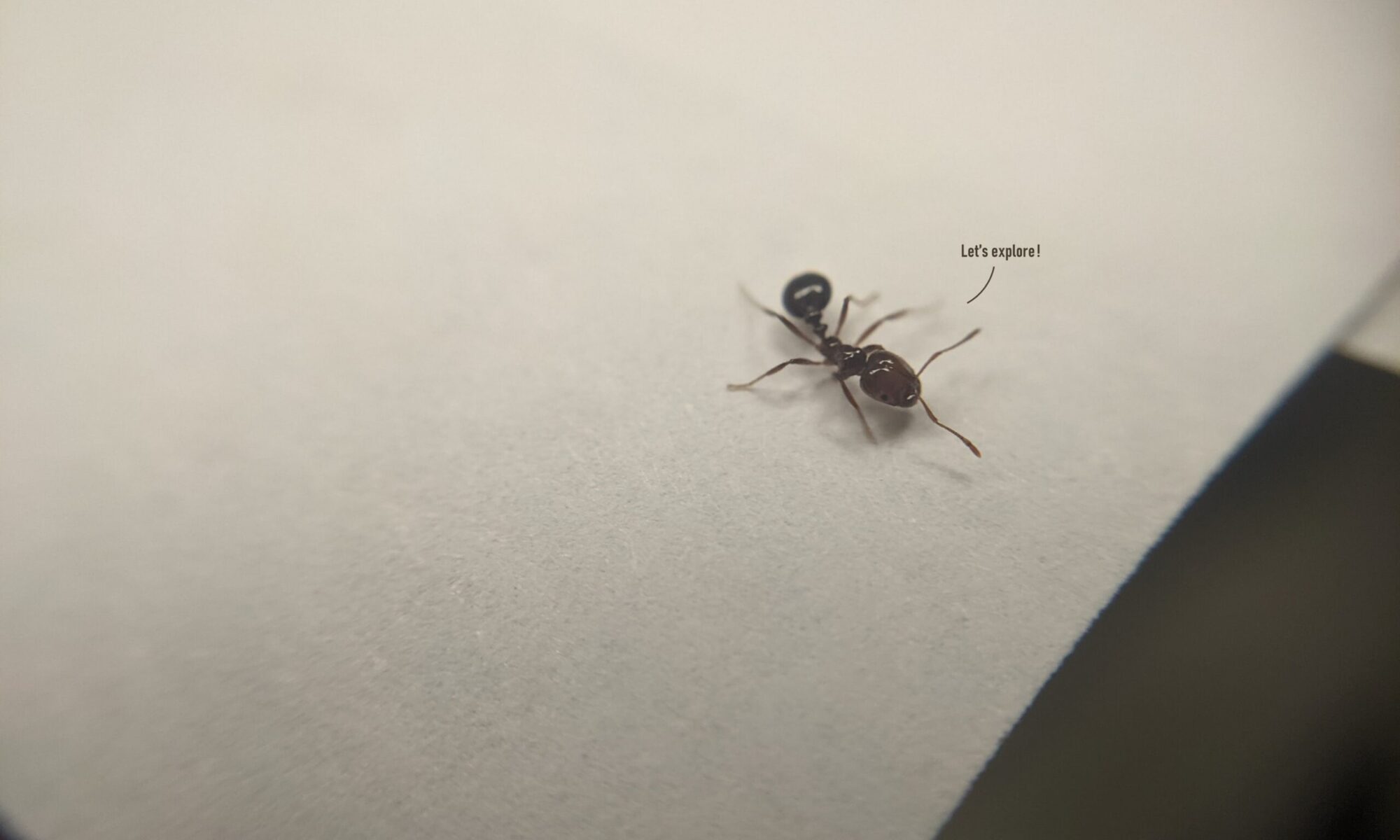Social insects are often referred to as Superorganisms. This is because the colony usually shares the same gene and compete also only externally with other colonies. Interestingly, just as larger manimals are more efficient per body mass, social insects are more efficient in numbers as well.
We probe this collective intelligence through metabolic scaling. By sensing the CO2 production rate, we can deduce the metabolic rate of the aggregation. We found that, indeed, individual fire ants can work less (produce less CO2) when they are around a larger number of ants. We are testing the relationship between metabolic rate and the number of ants when the ants are accomplishing collective tasks such as building rafts and towers. We are also investigating the reason behind why a larger swarm has higher efficiency. A plausible explanation is that this is purely demographic: a larger proportion of individuals can rest when the total number of workers is more.

